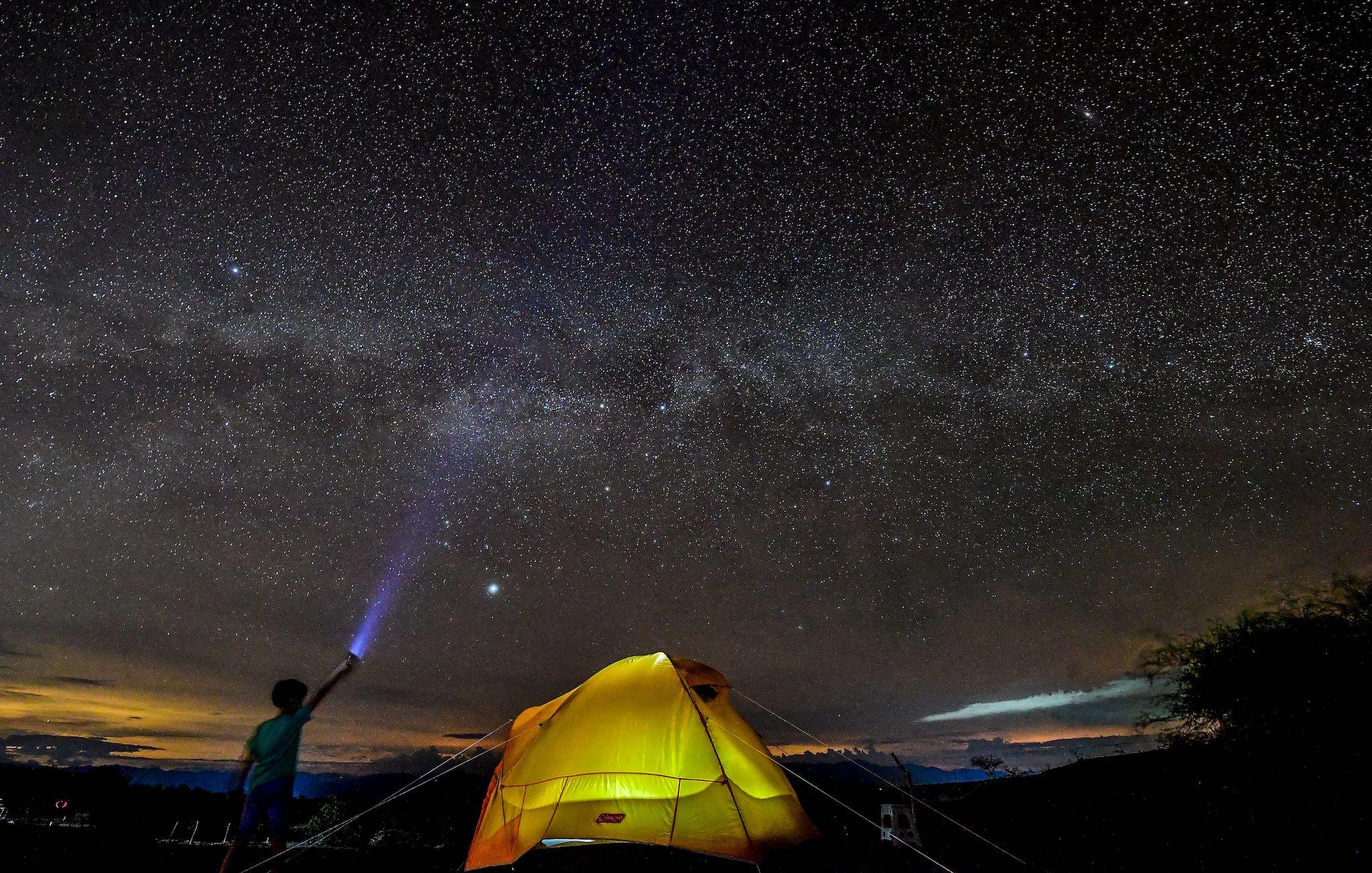Nasa planet hunting spacecraft starts looking for aliens as part of new project
'We’re looking forward to working together as we try to answer one of the most profound questions about our place in the universe: Are we alone?'

Nasa will search for signs of alien life with its most powerful ever planet-hunting telescope, as part of a major new project.
The space agency hopes that it will be able to spot signals that indicate intelligent extraterrestrial beings exist elsewhere in the universe.
It is part of a major new project alongside Breakthrough Listen, the alien-hunting project that was funded by billionaire Yuri Milner and received support from scientists including Stephen Hawking.
The new project will use NASA’s Transiting Exoplanet Survey Satellite, the recently launched telescope which looks deep into the universe for signs of other planets. It does so by watching for "transits" – the brief dips in light that happen when a planet crosses in front of its star, and which can tell us very detailed information about what those planets look like.
Astronomers hope they will also be able to examine those "lightcurves" for possible signs of life. As well as offering indications about the planets themselves, researchers hope to see "biosignatures" and "technosignatures".
Researchers are yet to spot any definitive technosignature that are a sign of extraterrestrial life. But Breakthrough Listen says the chances of seeing one are much higher than they have ever been, in part because of its work in what it says is "the most sensitive, comprehensive, and intensive search for advanced life on other worlds ever performed".
For example, researchers hope they might be able to see other promising suns like Boyajian’s Star, the mysterious object that was flashing in a way that led some to speculate its behaviour could be the consequence of aliens having built huge megastructures around it.
“The discovery by the Kepler spacecraft of Boyajian’s Star, an object with wild, and apparently random, variations in its lightcurve, sparked great excitement and a range of possible explanations, of which megastructures were just one,” said Andrew Siemion, leader of the Breakthrough Listen science team at the University of California, Berkeley's SETI Research Center.
“Follow-up observations have suggested that dust particles in orbit around the star are responsible for the dimming, but studies of anomalies like this are expanding our knowledge of astrophysics, as well as casting a wider net in the search for technosignatures.”
The collaboration will mean it will also focus on expanding the number of target planets that are being examined by scientists, find out more about how to know whether planets could be host to life, as well as understand more about what is happening when we fail to detect such planets. If TESS spots an interesting planet, for instance, Breakthrough Listen scientists will be able to quickly target those planets to try and learn more about them.
To do so, scientists will also be able to make use of Listen's facilities across the world as well as partner facilities which include many of the world's most powerful telescopes.
“It’s exciting that the world’s most powerful SETI search, with our partner facilities across the globe, will be collaborating with the TESS team and our most capable planet-hunting machine,” Pete Worden, executive director of Breakthrough Initiatives, said in a statement. “We’re looking forward to working together as we try to answer one of the most profound questions about our place in the Universe: Are we alone?”
Join our commenting forum
Join thought-provoking conversations, follow other Independent readers and see their replies
Comments
Bookmark popover
Removed from bookmarks